How to Read Food Labels

;
;
;
;
;
;
;
;
;
;
;
;
Written by Rachel, Contributing Writer
Are you working to ditch processed foods and put more real food on the table? This month we’re running a series called Real Food Made Simple: A Beginner’s Guide to Eating Better. Our goal is to answer the questions you might have and make the transition a whole lot easier!
When it comes to reading food labels, you may be wondering where to start. And I have definitely been there, standing in the aisle holding up a can or box, feeling overwhelmed and questioning why the grocery store just can’t have all real food instead of a bunch of ingredients that seem to be in another language.
There are all kinds of things to look for on food labels. These include: nutrition facts, serving sizes, DV or daily value, ingredients, and even symbols as well as other claims that are often misleading, such as sugar free, low fat, fat free and others.
So where do we start?
If you are looking at food labels with a real food magnifying glass, you won’t be looking for what the FDA directs you to, such as the calories, fat grams, etc. And you certainly won’t be using the recommendations of their food pyramid, but, instead, you’ll be looking at the ingredients.
The ingredients make up the contents of the food item and what nutrients it holds. If you look at the nutrition facts and they seem healthy, but the ingredients include a bunch of chemicals and words you have no clue even how to pronounce, then how is it “healthy” for you?
Something like that just isn’t healthy for you–plain and simple!
For example, look at this jar of seemingly-healthy caramel topping in the picture below. It’s sugar free and low calorie, so that should be good, right? Well, there are a few indicators that tell us that this is a fake food, including that:
- it’s artificially flavored,
- it includes a Splenda logo on the front (Splenda is an artificial sweetener that is NOT healthy for you!),
- and listed in the ingredients you’ll find colors, maltodextrin, sucralose and a bunch of other chemicals.
So although this may be sugar free, it isn’t real food. For a caramel topping that’s made with 100% pure, real food ingredients, try Stephanie’s scrumptious homemade caramel sauce instead! It’s made with only 3 ingredients: butter, unrefined granulated sugar and heavy cream! What a difference!
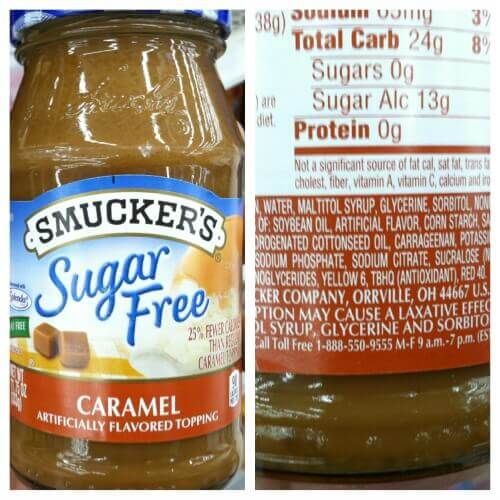
;
;
;
;
;
;
;
;
;
;
;
As you evaluate the ingredients on food labels, look for foods you can read and that you actually know are foods. (i.e. rolled whole oats, dried apple, sea salt, paprika, etc.)
Next, it is always helpful to look at the serving size and to be aware of the symbols that indicate whether a food is free of common allergens, such as gluten, egg or dairy. This is especially important if you or someone in your family has allergies.
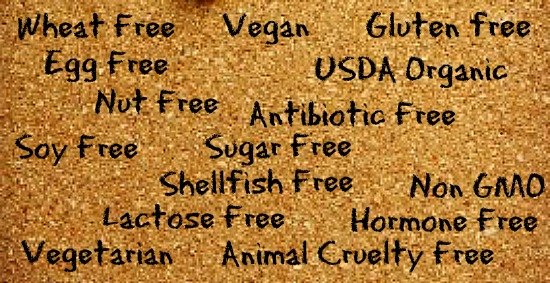
;
;
;
;
;
;
;
What’s a food label I should leave on the shelf?
Here’s a look at the 33 ingredients in Fruit Loops: Sugar, Corn Flour, Wheat Flour, Whole Oat Flour, Partially Hydrogenated Vegetable Oil (One or More of: Coconut, Cottonseed, and Soybean) (Less than 0.5 g Trans Fat Per Serving), Salt, Sodium Ascorbate and Ascorbic Acid (Vitamin C), Reduced Iron, Natural Orange, Lemon, Cherry, Raspberry, Blueberry, Lime, and Other Natural Flavors, Red No. 40, Blue No. 2, Yellow No. 6, Zinc Oxide, Niacinamide, Turmeric Color, Blue No. 1, Pyridoxine Hydrochloride (Vitamin B6), Riboflavin (Vitamin B2), Thiamin Hydrochloride (Vitamin B1), Vitamin A Palmitate, Annatto Color, BHT (Preservative), Folic Acid, Vitamin D, Vitamin B12.
The bolded words above are a few examples of some questionable ingredients.
And why in the world is the first ingredient sugar? That should be a clue this is not a good food to buy. This, like the caramel topping, is not real food, especially since they had to add in a bunch of synthetic vitamins to make it seem better for you in the nutrition facts.
What do we look for?
Of course, it’s always best to make your own food like bread or granola, but sometimes with our busy lives that’s nearly impossible. So, let’s take a look at this box of crackers. This is a package of food you want to be looking for when it comes to real food.
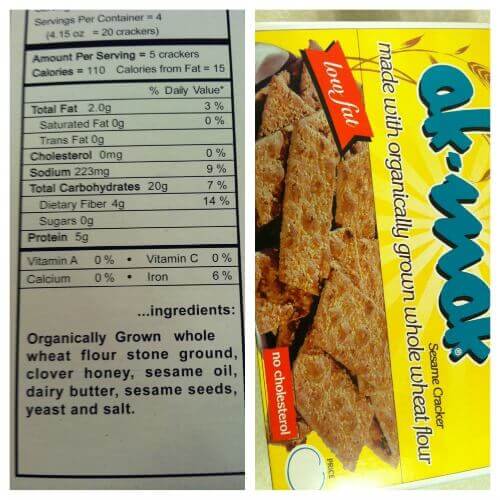
;
;
;
;
;
;
;
;
;
;
;
It’s been suggested that it’s best to find a label with less than 5 ingredients (that you can pronounce)–but if each ingredient is a whole food, then a few more than 5 is also fine. There are 7 ingredients in the crackers in the above picture, but you can clearly read them all.
What ingredients should we avoid?
Here are some foods that should be avoided at all costs when you are reading food labels with a real food magnifying glass:
- Diet foods or diet soda
- All artificial sweeteners, such as aspartame, Nutrasweet, Equal sucralose (Splenda), sorbitol, acesulfame-k (potassium), and others
- HFCS (high fructose corn syrup)
- Flavor enhancers or preservatives, including maltodextrin, nitrites/nitrates (frequently found in processed meats), or MSG; also avoid anything with hydrolyzed or autolyzed-yeast extracts & soy proteins
- All artificial flavorings
- Added colors
- Bad oils, like hydrogenated or partially-hydrogenated oils, such as vegetable or canola oil, margarine, etc.
Once you know what not to get, it becomes a lot easier to shop. Mainly, the best thing to do when reading food labels is to look at the ingredients and only buy the product if you know what you are buying.
Remember: you are what you eat, so try to not eat the fake food!
Another very simple tip is to shop in the horse shoe of the store, avoiding as many aisles with all the packaged products as possible. To read more info about some of these “fake foods” check out this post. Also, I know buying real food can be expensive sometimes, so check out 7 realistic ways to eat real food on a budget.
Fill your shopping cart with fresh produce, healthy dairy and fats and organic, natural meats that will help you live a long, healthy life!
Other posts in the series:
Real Food Made Simple: A Beginner’s Guide to Eating Better
Cutting Your Kitchen Prep Time in Half — Or More!
Confessions of a Formerly Picky Eater
The Grain Controversy: Should We Eat Them or Not?
Second Steps Towards Eating Real Foods: Switching Your Food Sources
Sweeteners: How They Affect You, Which Ones are Best, and How to Use Them
Simple Steps to Begin Cooking Homemade: Pantry Staples
5 Strategies to Help Your Husband and Kids Transition to Real Food
Finding Real Food in the Grocery Store
20 Easy Real Food Switches and Substitutions {with Free Printable Chart}
First Steps to Eating for Fertility
Keeping Costs Down in a Real Food Kitchen
5 Ways to Get More Fruits & Veggies into your Diet
Food Is Not Cheap: 4 Steps to Budgeting in Real Food
Simple Steps to Begin Cooking Homemade: Baked Goods
Simple Roast Chicken (And Fabulous Side Dish Recipes!)
17 Homemade Spice Mixes {with Recipes & Why You Should Use Them!}
5 Ways Green Living and Real Food are Connected
Simple Steps to Begin Cooking Homemade: Soups, Sauces, and Simple Dinners

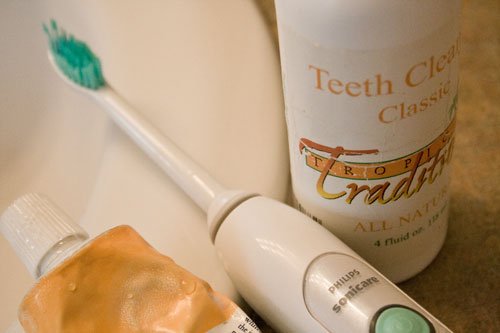
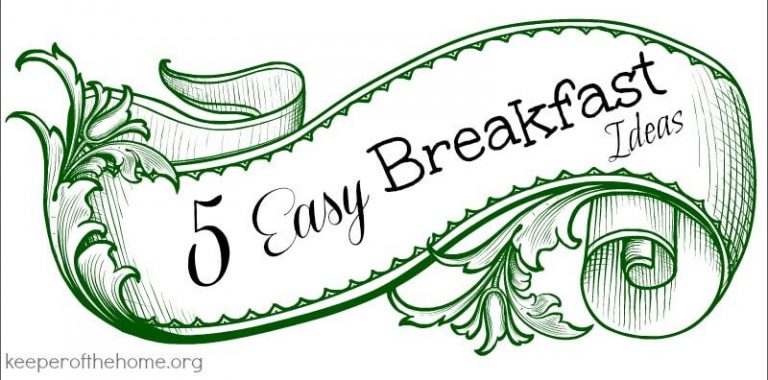


Pyridoxine hydrochloride is just B6. 🙂 I don’t worry TOO much about that although I don’t like to see any added vitamins.
If it’s recognizable as food, I buy it. If I am not sure or can’t pronounce it, I don’t.
I read a great rule of thumb the other day, when shopping for clean foods try to find foods with no more than 3-6 ingredients. And certainly do not buy anything you can not pronounce- incases like the Pyridoxine hydrochloride – if it does have a limited ingredient list but you are still uncertain what a particular ingredient is – research it.
Great tip Tracy!
I was grocery shopping yesterday and trying to read labels and figure out what is good and what isn’t. It was overwhelming! Thanks for the information. It will really help me he next time I’m shopping.
Melissa, that is such a blessing for me to hear, glad this series is helping you make the switch! Just remember if it says anything artificial… it’s fake! Hang in there, it’s all about baby steps.
Thank you for all the great “real food” posts. We are really, REALLY trying in our home to eat real food. I have always been an avid cookbook reader. Some recipes I can makeover but other recipes I just have to discard completely. Now when I buy a cookbook, it’s not just the pretty outside cover that entices me, I’m really watching what the cookbook contains. The more recipes that contain real food vs. recipes in which I have to buy a package or a jar are what I look for. Keep up the posts as they encourage me.
Blessings~Nancy
That’s so encouraging to read about how you are working so hard to eat real food in your home- I love it! 🙂 And we’ve got a couple posts coming up that will speak to how you can still use some of the same recipes and meals, but learn to switch out the ingredients for better ones. It’s always easier if you can still use your old recipes and make meals you already know your family enjoys!
Nancy, thank you for your kind words, whenever I write a post, I hope it encourages someone!
This is a FANTASTIC series! Have you ever thought of writing it in book/e-book form? It’d be a highly valuable resource! I’d carry it everywhere!
Yes, that’s definitely something we’re considering, Megan. Thanks for the feedback! 🙂
The added vitamins in foods are SYNTHETIC. You don’t want synthetic. They’re not good for you. Get real authentic God made vitamins from real whole foods, & if you do choose a vitamin supplement, go for whole food supplements without added junk.
Jennifer, you couldn’t be more right! That’s why I included one when I bolded a few of the questionable ingredients- they are just trying to make the product seem healthier to the consumer.
If you buy canned products you also need to be aware that although the ingredients list is straightforward the cans themselves contain BPA (which they don’t tell you on the label).
Yes, very true. A couple brands that don’t contain BPA include Native Forrest and Eden Foods. Does anyone know of any others? Of course, avoiding cans as much as possible is best. 🙂
So glad Stephanie chimed in when I was on a road trip bringing my mom home yesterday. Crazy all of the things we have to be aware of, but BPA is one of them, thanks for adding that!
i have never understood the 5 ingredient rule. almost nothing i make homemade (energy bars, muffins, granola bars, ice cream etc) has less than 5 ingredients (and all 10-20 ingredients i add to these things are nourishing), so why does packaged food have to live up to that rule? that can make for some pretty boring food, and its a bit of an arbitrary rule.
on the other hand, i agree that reading the label is important, and especially making sure you can pronounce all the ingredients. i think that is far more important than how many ingredients is in something, in fact it seems like the number of ingredients is a moot point.
for example, lots of candy has 3 ingredients: sugar, artificial flavor and artificial color. clearly not a nourishing choice, even at 3 ingredients.
Sarah, you are right the 5 ingredient rule is limited, I added in the post that it’s been suggested but it doesn’t really matter to me if all the ingredients are real food! Candy seems to be “good” with the labels like fat free and even some with ingredients that you can read like you mentioned however, they are usually fake food and the only real ingredient is sugar which is an altogether different subject… sugar is a drug (or at least like one) Thanks for your insight!
You have to be careful but the rule I always stick with is the if I don’t know what it is and I can’t pronounce it I don’t buy it. . Which has actually left me making almost everything because the things with clean labels are too expensive for our family to buy!
Stephie N, I know how you feel, and it is best to make your own so if that doesn’t frustrate you, I say keep it up! I like to make my own too but this past year has been a busy whirlwind but now I’ll be back home more which will make it possible to make a lot more food and buying a lot less.
Exactly what I do Kate and I know you love making a lot of your own food, hoping to be able to do that a bit more now that I’m not working as much!
“Natural” flavors are just about as bad as artificial flavors. Just thought I’d point that out… Don’t be fooled by the word “natural!” It just means that the flavor mimics a real natural flavor (like, strawberries or bananas. whatever. As apposed to a made up flavor). 🙂
Have you considered putting together a one page printable of ingredients to avoid? Or, do you know of one already available? I know it has been helpful for me to print out a small list of the clean 15/dirty dozen to keep in my purse, or which fish are sustainable/good and which aren’t (I think Monterey Bay puts out a printable tiny booklet with the fish info.)
I would love a similar list with some of the worst ingredients to avoid, and also which are okay. I think you mentioned that yeast extract is bad (it’s MSG, right?) But, if I were reading that in a label, I would think, oh, yeast! That’s in homemade bread… must be okay.
On the other hand, things like citric acid, xantham gum, ascorbic acid, and about half the list in the example from Fruit Loops above (Niacinamide, Turmeric Color, Pyridoxine Hydrochloride, Riboflavin , Thiamin Hydrochloride , Vitamin A Palmitate, Annatto Color, BHT ) look like they would be bad, but it seems like they are probably okay.
Anyways, would love more insight – especially something handy to take to the store – about which things are okay and which we should avoid. 🙂
Yes, we absolutely want to put together more of a resource of which particular foods to avoid. We have a post coming up later this month that will specifically focus on no-no ingredients and is meant to be more of a resource in that regard!
There’s a big long list of ‘other sugars’ that can be found in the ingredients. Most of them you won’t recognize.
Thanks Jessie!